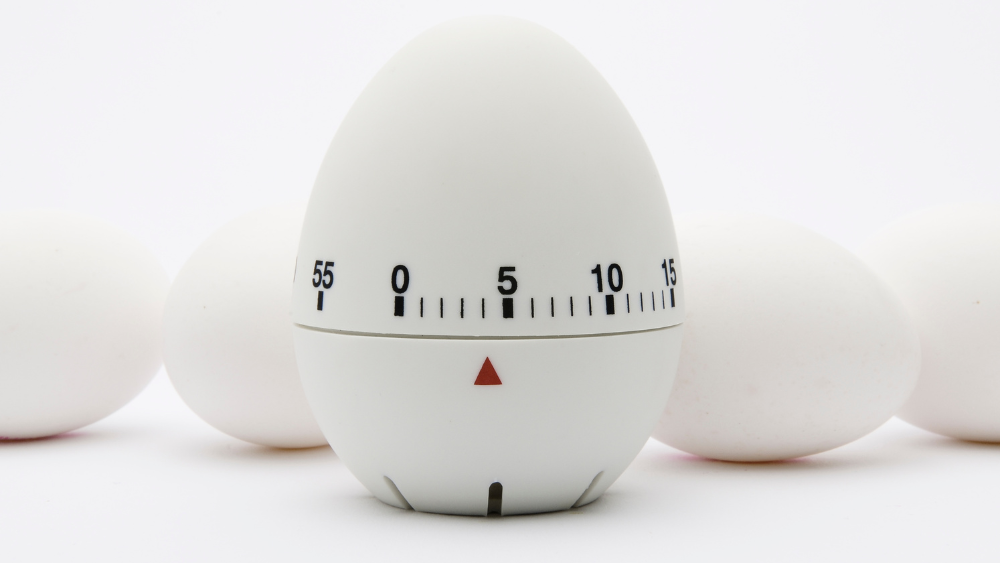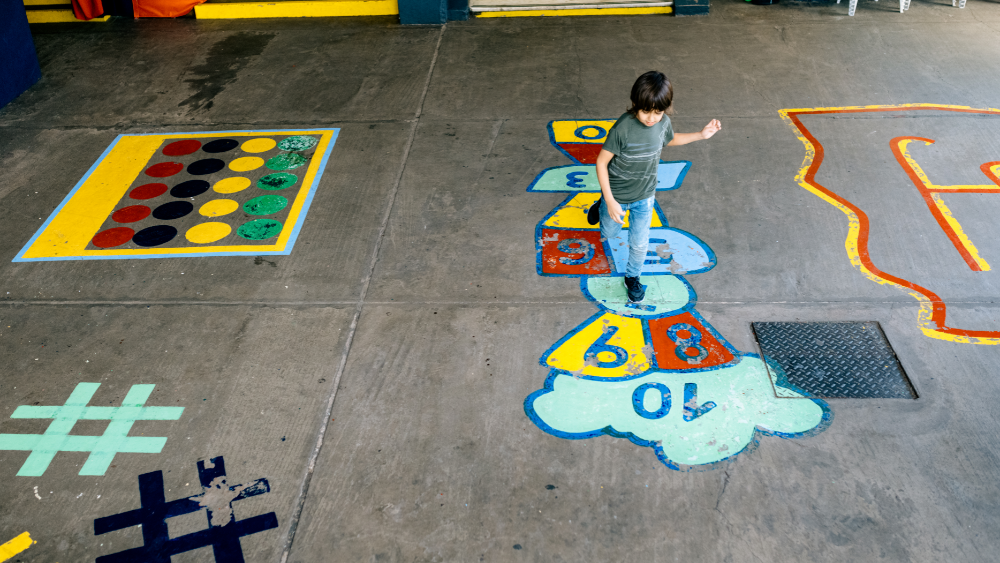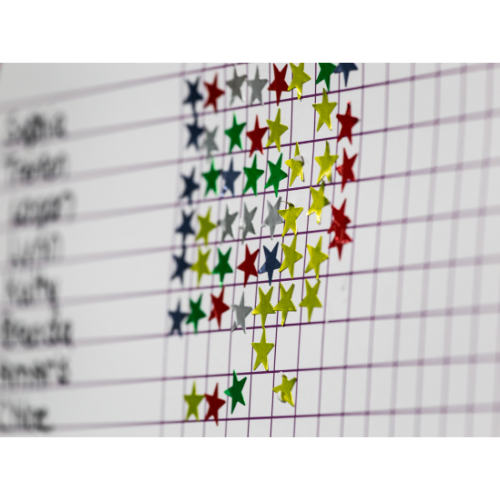Looking for strategies to help support your child with Attention Deficit Hyperactivity Disorder (AD/HD) at school or at home? Here are 7 helpful accommodations to consider to help your learner be successful in the classroom or at home.
Children and teens with AD/HD often struggle with executive functioning, an umbrella term which refers to the mental processes that enable us to plan, focus attention, remember instructions, and juggle multiple tasks successfully. These challenges can interfere with your child or teen completing necessary tasks and school work during the day. Executive functioning skills are used throughout the day, throughout all different tasks.
Even if your child or teen struggles with executive functioning, never fear! Executive functioning skills can be strengthened and taught. I tell my students that building executive functioning skills are like building any other muscle, and the more we work them, the stronger they get!
Below are some of my favorite strategies to support students who may struggle with AD/HD related symptoms. Honestly, these strategies help me throughout the day too!
Executive Functioning Strategies
1. Set a timer. Children and teens may benefit from setting a timer while completing work that is un-preferred or requires a sustained focus. Timers may be helpful when completing homework after school, completing long writing assignments in the classroom, or working on independent tasks in the classroom.
Timers work best if the child or teen can see them, and can visually reference how much time is left for the work period. Time set on the timer should be realistic, and reflect what is doable for your child. If your child struggles to work for 45 minutes straight, set the timer for 30 minutes. It is helpful to let your child know that you need their best work during the work time. It is very important to reward your child or teen’s effort, and not to expect perfection!

When the timer goes off, your child or teen can take a much needed brain break. They can grab a snack, go for a walk, get a drink of water, or simply sit quietly. When the break is over, the timer is set again to do work.
2. Shorten work tasks. Since sustained attention can be a challenge, it is helpful to shorten the length of the assignment. Your child or teen may do better to complete fewer problems on a page as long as they can demonstrate mastery of the task.
Shortening a work task may look like completing every other problem, having a learner complete only the even numbered problems or odd numbered problems, or complete only the first page of a task.
When shortening a task, it is important to be clear with your child or teen on what the expectation is. Some of the teachers I work with will use a highlighter and highlight every other problem, or mark an “X” on the back page of the paper to indicate that portion of the assignment is not needed to complete.

3. Limit distractions. AD/HD can make filtering out distractions very difficult. Sit quietly for a moment. You may hear the air conditioner, hear the hum of the washer or dryer, or hear children playing outside. Maybe the television is on in the background. Imagine not being able to stop focusing on those distractions AND have to complete important tasks with deadlines.
We can help set up our children and teens up for success by limiting distractions. Some students benefit from wearing headphones to block external sounds. Other students benefit from sitting close to the teacher, and limiting opportunities to be distracted by their peers. Still others benefit from competing important work in a quiet place, like taking a test in the library or pod area.
You know your child best, and can help advocate for what would best help your child or teen learn.

4. Build in breaks to the day. Your child or teen is working hard throughout the day! School and classwork take an immense amount of sustained attention. Our brains benefit from taking movement breaks throughout the day. If your child attends school, building breaks into the day can be arranged with the teacher.
Taking breaks could look like your student running a daily errand to the office, taking a scheduled break to go to the bathroom or get a drink of water, or possibly they have a classroom job passing out papers and pencils to the class.
Taking a break can be a regulating activity for your child, and can help them get refocused for tasks ahead.

5. Set an incentive! I cannot emphasize this enough! Our children and teens with AD/HD and/ or executive functioning deficits may need an external motivator to help them get through certain tasks. While our goal is to help our children and teens feel intrinsically motivated, they may need external motivators as they are learning strategies to support their learning.
An important consideration for incentives is to make sure that your child or teen actually wants to work for that thing! For some children, an incentive may be a tangible reinforcer (ex. small toy, access to the treasure chest, candy, etc.). Other children may enjoy earning a break (ex. sitting in a quiet area, taking a break to listen to music, etc.) or other children may enjoy earning special privileges or attention (ex. being star student, special time with a peer, etc.). If the incentive is not something the child or teen wants to earn, they are very unlikely to put forth the effort to work for it!
Check out this reinforcement inventory here if you need some ideas on what is motivating!

6. Use memory strategies and tools. Since working memory, the ability to hear or see something, hold onto it in short term memory, then do something with that information, is often impaired in children and teens with AD/HD, it is critical to have alternative strategies to aid memory.
Some of my favorite strategies include:
–Get copies of the teacher’s notes. This could mean that the teacher makes your child or teen an additional copy of their Powerpoint notes or slides, or the teacher lets your child copy their notes after class.
–Use mnemonics. I STILL need to use the mnemonic of “Never Eat Soggy Waffles” to recall the “North East South and West”. Others remember the mnemonic “Please Excuse My Dear Aunt Sally” to recall PEMDAS when doing the order of operations in math. Help your child or teen create mnemonics that work for them.
–Write down notes. There is evidence that writing helps encode information into your long term memory better than typing. If your child or teen has legible handwriting, this strategy can be effective for them.
–Audio record lectures or important conversations. I would encourage you to get consent of the person you are recording each time you record, but having an audio recording can be an effective way to go back and re-listen to an important part of a teacher’s lecture, or make sure nothing was lost in conversation.
7. Give your child or teen praise for their hard work. AD/HD has some inherent challenges, but many students and people I know with AD/HD are the most creative, fun, and hardworking people I know. AD/HD does not need to limit your child or teen, and they can thrive with the right tools and strategies.
Ultimately, you know your child or teen best. These 7 strategies can help build up executive functioning muscles, and can be used as a support in the school or home setting.






